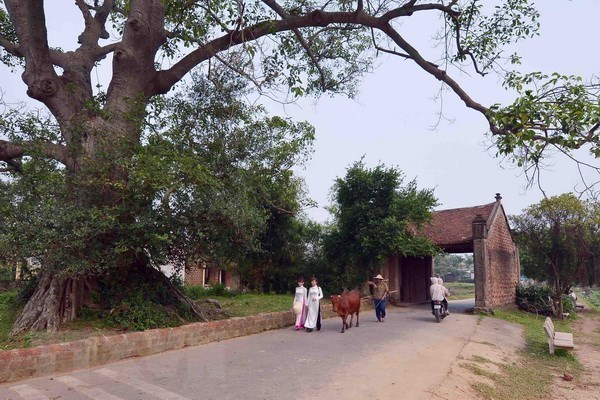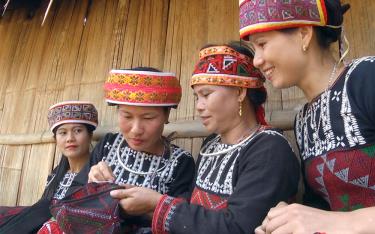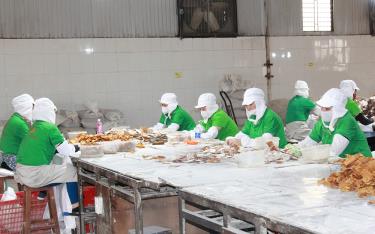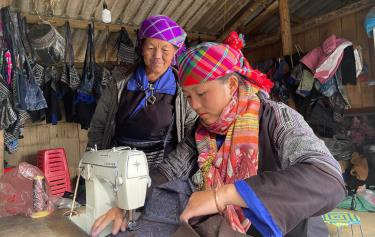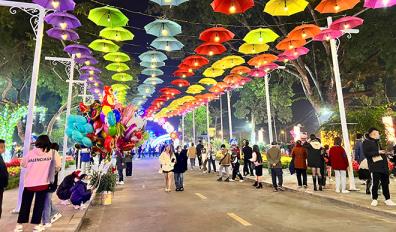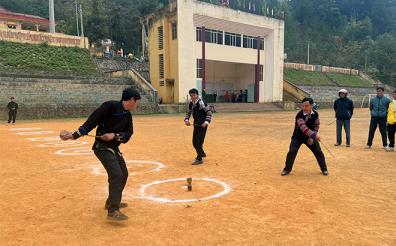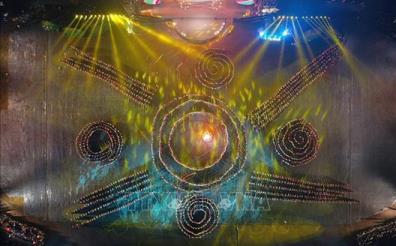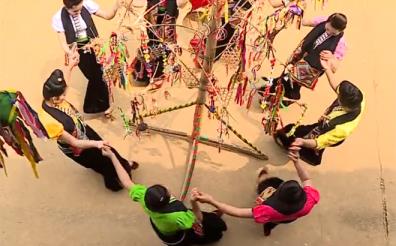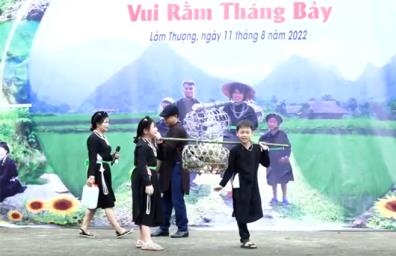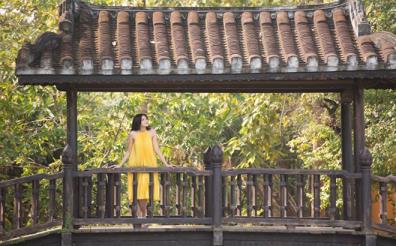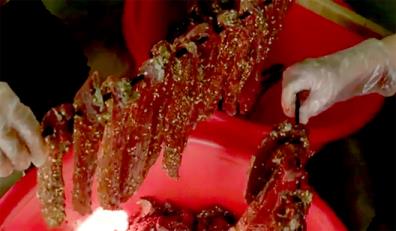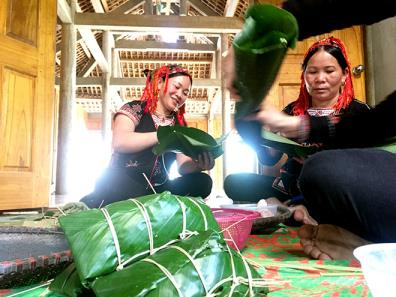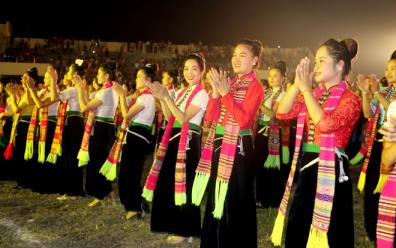Hanoi’s Duong Lam ancient village, renowned for its unique houses built with wooden frames and fortified with laterites, still preserves typical features of old villages in the Red River Delta.
Located in Son Tay town of the same name district just 44km away from Hanoi’s centre, the village has the typical features of a rural village with a giant banyan tree, fresh water well, and a communal house, along with 956 antique houses dating back 100 to 400 years.
Possessing interesting cultural value and a landscape and architecture typical for a rural area in the Red River Delta, Duong Lam village has long become a popular tourist destination in the capital.
In 2006, Duong Lam became the first village that had been recognised as a national historical and cultural relic.
Every year, it attracted between an average of between 120,000 and 130,000 visitors, including up to 7,000 foreigners.
According to Vice Chairman of the Son Tay town People’s Committee Le Dai Thang, great domestic and international attention have been paid to the conservation and promotion of the village in the past decade.
Ancient land, legendary people
Favourable waterway transportation made Duong Lam a residence of ancient Vietnamese dating back to the Phung Nguyen and Dong Son culture.
It was the hometown of two kings - Phung Hung (761-802) and Ngo Quyen (808-944), and also the birthplace of Envoy Giang Van Minh – an excellent diplomat in the late 16th and early 17th century.
In a 1971 excavation, archaeologists found stone relics from the Hung Kings’ era in the village.
Meanwhile, a survey, co-organised by the Institute of Vietnamese Studies and Development Science under the Vietnam National University – Hanoi and Japan’s Showa Women's University, initially concluded that Duong Lam could be inhabited by people of the Phung Nguyen culture dating back about 4,000 years ago.
Duong Lam commune is home to a series of ranked relic sites, including the Phung Hung Temple, Ngo Quyen Tomb, Giang Van Minh Temple, Mong Phu communal house, and Mia pagoda.
An ancient house yard in Duong Lam
The commune consists of six villages with Mong Phu the biggest among them.
Duong Lam residents, similar to those in any rural areas in north Vietnam, attach great importance to the gate and the communal house of their village, which are long considered the symbols of prosperity.
The gate of Mong Phu village was built with four pillars, which were made of four different kinds of excellent ironwoods and erected above four green stones from Quang Ninh province’s Dong Trieu village. The two doors at the gate were made of Erythrophleum fordii wood and the wall built of laterites – a special material used in construction in the Red River Delta region.
Situated at the heart of the village, the communal house, which follows the style of Vietnamese-Muong architecture, features big shiny black pillars made of ironwoods.
Ancient laterite Vietnamese village
Laterites can be found almost anywhere in Duong Lam, becoming an integral part of the village.
Laterites, the key material of walls, gates and wells, are abundant in Mong Phu village, lying under fields, garden ponds, or deep down underground. Laterite, both a soil and a rock type rich in iron and aluminum, is often soft underground but getting harder over time once it is dug up to build houses.
Houses’ walls and fences made of rough dark honey-brown brick-shaped laterites along the village road create a unique charm.
The combination of agriculture and tourism is not new, but for Duong Lam Village, it is a tremendous effort toward building a sustainable industry and helping locals find another source of income apart from their crops, all while providing tourists with a unique experience.
In the past, since there were not many overnight accommodations available in the village, visitors often opted for short day trips. However, these days many local families have opened their doors to strangers for a home-stay experience.
An overnight stay is exactly what people need to fully enjoy what the village has to offer. They can spend the day working with farmers, or listen to traditional musical performances by the village’s artisans.
All of these make up an ideal tourism product, bringing in financial stability and helping the village preserve itself as a pearl in Vietnam’s unique culture.
VNA
